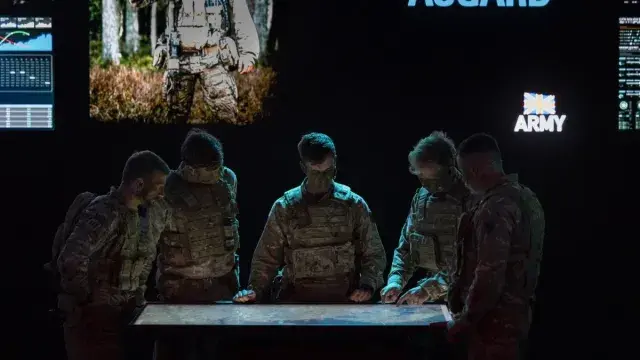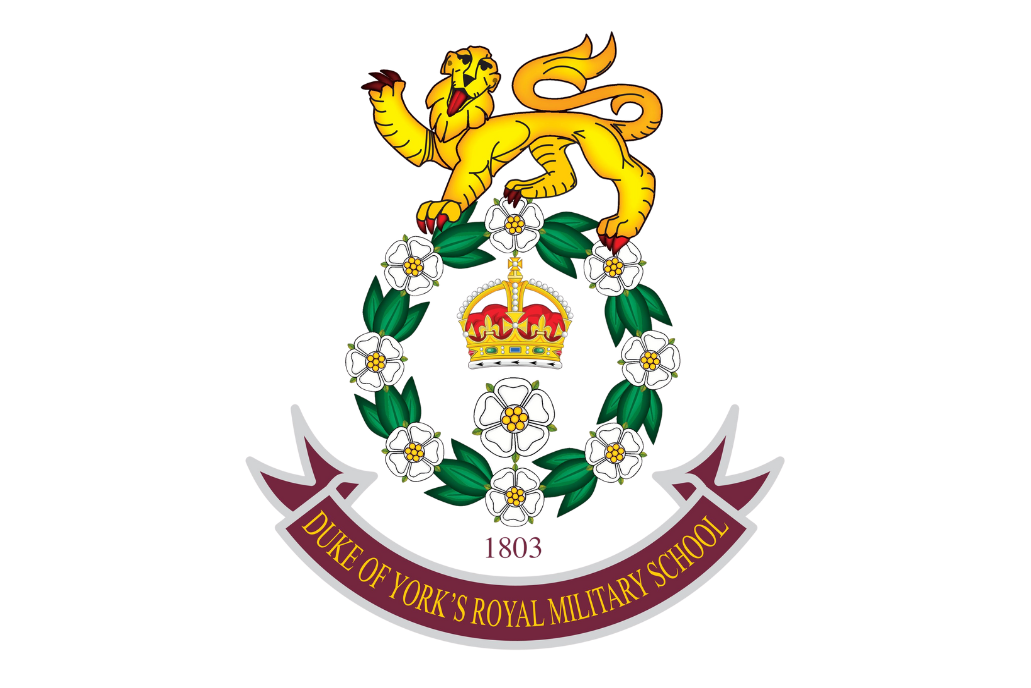The British Army plans to harness the power of artificial intelligence (AI) to detect and strike enemy targets on the battlefield within the next two years, according to the Ministry of Defence. The £1 billion Asgard system will use a network of sensors and AI technology to identify threats and recommend military action, all within minutes or even seconds.
Traditionally, target identification has relied on manual collection and analysis of data, a process that can take several hours. Asgard aims to change that by rapidly gathering information through AI and presenting officers with actionable options almost instantly.
Set to be fully operational by 2027, Asgard’s development comes amid warnings from the head of the Army that the UK must be prepared to deter or fight a potential conflict involving Russia, possibly backed by China, Iran, and North Korea.
Currently, the system includes a “human in the loop” to distinguish between friendly and enemy forces and to make final decisions on strikes. However, officials acknowledge the system could operate autonomously in the future, should ethical and legal considerations evolve. For now, there are no plans to remove human oversight.
The Asgard system would be deployed in times of war or during military exercises. Some elements will be shared with allies to enhance cooperation, while others will be offered for export to support the UK’s defence industry and economy.
The Ministry of Defence is drawing lessons from the ongoing conflict in Ukraine, where soldiers are already using AI and software to speed up the identification and engagement of Russian targets.
One of the companies contributing to Asgard is British-Estonian firm SensusQ, co-founded by Estonian reservist Villiko Nurmoja. Given Estonia’s 183-mile border with Russia and its history of Soviet occupation, Nurmoja understands the frontline threat posed by Vladimir Putin.
SensusQ has developed an app allowing civilians and military personnel alike to report suspicious activity, effectively turning every citizen into a sensor. “If you see enemy aircraft, drones, tanks or convoys moving, you take a picture and send it,” said Nurmoja. “It’s a modern version of civilian reporting from the Second World War.”
Nurmoja’s vision is to replace the cumbersome use of multiple intelligence systems with a single, integrated platform, reducing the enormous human hours spent collating intelligence even at lower tactical levels.
Another firm involved, Mind Foundry, is leveraging smartphone microphones to detect drone attacks, which have caused around 70% of casualties in Ukraine. Their technology listens for the acoustic signature of drone wings, identifying the type, direction, and proximity up to 50 metres away.
“Every soldier will carry a device like a mobile phone on their chest giving real-time alerts of incoming drones,” explained Al Bowman, former director of the Army’s intelligence centre and current general manager of Mind Foundry. This information can be fed back to command centres to track enemy drone operations and anticipate future threats.
Many contractors on Project Asgard employ AI to speed up intelligence analysis and improve battlefield efficiency. Shefali Sharma, director of Oxford Dynamics, said their AI system can condense an eight-hour analysis task into just 23 seconds by aggregating open-source intelligence and classified data to provide rapid tactical recommendations.
While AI will assist heavily, Sharma emphasises that humans will remain central to decision-making: “We don’t believe these systems should make decisions autonomously. Instead, AI frees soldiers to focus on uniquely human skills, allowing for more strategic decision-making and a faster tempo on the battlefield, ultimately saving lives.”
















